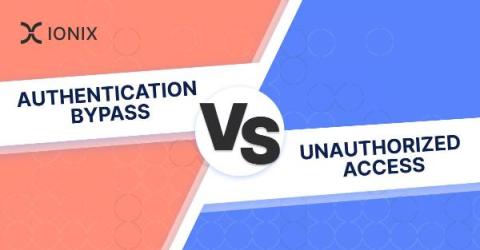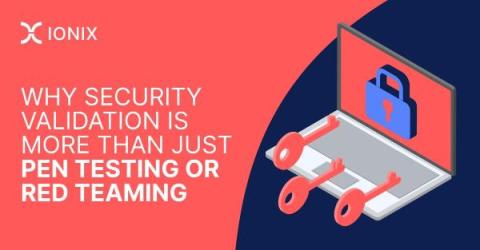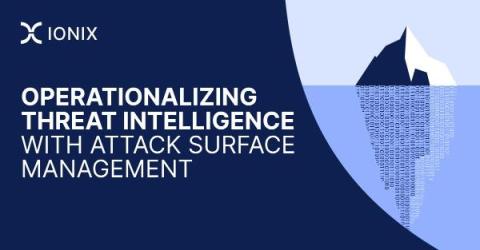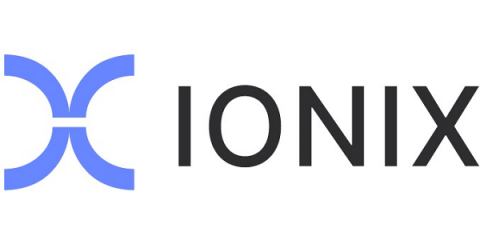Continuous Threat Exposure Management (CTEM) - Automation & Management
In a time where cyber threats evolve as swiftly as the technologies they target, organizations need a strategic approach to rise above the noise while effectively reducing risk. Enter Continuous Threat Exposure Management (CTEM) — a paradigm-shift in cybersecurity introduced by Gartner. In this article, we compare and contrast CTEM with a closely related, traditional approach – vulnerability management – and discuss practical ways to apply CTEM in your organization.











